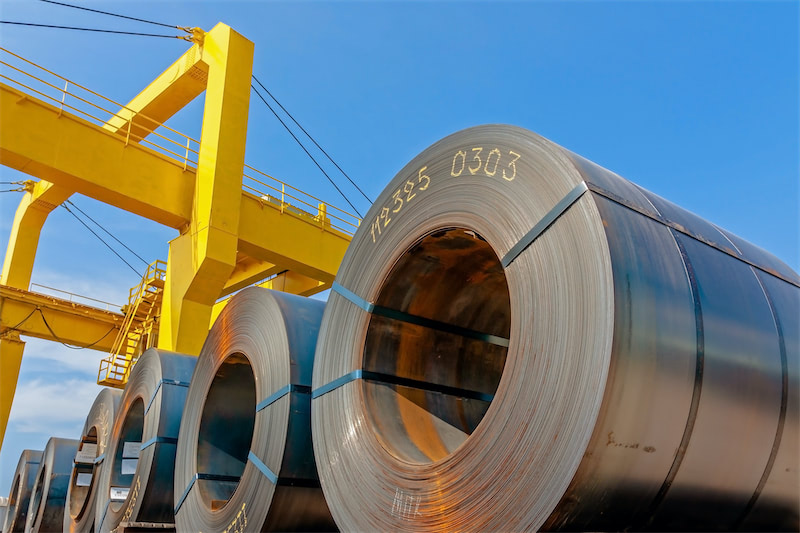






In Q1 this year, the ESS market showed high activity, with top-tier battery enterprises speeding up their new capacity layout.
In the ESS tender and bid market, institutional data shows that the domestic ESS tender scale reached 30GWh and 31GWh in January and February respectively, including multiple ESS battery cell/system centralised procurement tender projects. The total scale of procurement and tender implementation from January to February exceeded 70GWh.
In terms of price, the average winning bid price for lithium battery ESS in January and February was 0.5 yuan/Wh and 0.49 yuan/Wh respectively, with ESS prices continuing to decline. For example, in the recently opened tender of the China Huadian Group's 6GWh ESS (2h, 4h ESS, battery cell capacity ≥314Ah) centralised procurement project, the winning bid price of the 9 shortlisted candidates has dropped to the range of 0.458-0.486 yuan/Wh.
To meet the continuously improving ESS demand, multiple battery enterprises have updated their capacity expansion progress.
On March 20, EVE Energy announced plans to issue 5 billion yuan of convertible bonds on the STAR Market to boost its ESS and power battery capacity. It is reported that the funds raised will be fully used for two core projects: a 23GWh cylindrical LFP ESS and power battery project, and a 21GWh large cylindrical passenger vehicle power battery project. The 23GWh cylindrical LFP ESS and power battery project mainly targets electricity ESS, ship ESS and other scenarios, equipped with its self-developed MB56 large LFP battery.
It is understood that as of September last year, EVE had secured 81GWh of ESS battery intent orders for the next 5 years, with customers including top ESS integrators such as Huawei Digital Power and Sungrow. In February this year, EVE also established a strategic purchase and sales relationship for battery cell products with HyperStrong for 2025-2027, with the latter's total purchase volume expected to reach 50GWh.
On March 15, CATL announced its plan to add 40GWh of battery capacity in Dongying, Shandong, with the project to be built according to the "zero-carbon factory + lighthouse factory" standards. At the same time, the first project under the strategic cooperation between CATL and Dongying City - a new 2GWh ecological ESS Pack production line with an investment of 500 million yuan - is under construction.
In fact, since the beginning of this year, CATL has seen multiple capacity planning projects implemented. In January, CATL announced that it would build a 40GWh battery base in the Songshan A area of the Fuzhou Taiwanese Investment Zone; in March, the No. 5 super factory project at the Fuding production site was topped out, with 4 new energy battery super production lines and intelligent manufacturing equipment laid out, with an annual capacity of 25GWh; recently, the third and fourth phase projects of CATL's Luoyang base started construction. It is understood that the first batch of battery cells from the base have been shipped from the warehouse, the second phase project is advancing, and the third and fourth phase projects that started construction this time are planned to be completed and put into use by the end of October 2026.
Obviously, CATL's "massive expansion" is supported by its huge order volume. Financial reports show that CATL's ESS battery system sales in 2024 were 93GWh, up 34.32% YoY. In terms of capacity utilisation rate, it is understood that CATL's battery system capacity in 2024 was 676GWh/year, with production of 516GWh, and a capacity utilisation rate of 76.33%.
In February, Ganfeng LiEnergy launched an annual 10GWh battery project, covering new-type ESS lithium batteries, 400,000 consumer lithium batteries and solid-state batteries. In January, AESC's Cangzhou battery super factory phase II project started construction, with a planned annual capacity of 20GWh, producing power and ESS battery products, and is expected to be put into production in 2026. REPT Battero's Lanjun New Energy 10GWh ESS system integration project also started construction in Huaian, Jiangsu in January this year.
In overseas markets, Sunwoda announced that its Thai factory has been approved for an investment of over 50 billion baht (about 10 billion yuan), which will be used for EV and ESS battery production, and is expected to be put into production within this year; REPT Battero announced that it will build a battery factory in Indonesia, involving the R&D, manufacturing and sales of power batteries and ESS batteries, with a planned annual capacity of 8GWh in the first phase.
Top-tier battery enterprises, with advantages in capital, technology, scale and brand, are constantly accelerating their capacity layout to consolidate market share. This also indicates that the market concentration of ESS is still continuously concentrating towards the top. Institutional data shows that in the domestic ESS market in 2024, the concentration rate (CR10) of the ESS battery industry reached 94%, and the concentration rate (CR10) of integrators reached 82%, and it is expected that the integration rate of integrators will further rise to over 85% in 2025.
Note: This news is sourced from http://www.cbea.com/ and translated by SMM.
For queries, please contact Lemon Zhao at lemonzhao@smm.cn
For more information on how to access our research reports, please email service.en@smm.cn

